If you wanted to find a middle-aged man in a bright orange suit, matching tie and sneakers, Frieze is a good place to start looking. I found one. Or maybe he was a limited edition existing in several reproductions. Certainly, he was frequently spotted: conspiratorial of aspect, he was stooped and crouched over a mobile with body language saying ‘serious business’. I overheard: ‘Ah, Corinna. Va bene? How are prices in Zurigo?’
Long before you reach Frieze’s vast tented sites in Regent’s Park there are signs of danger. Extraordinary shoes and statement hair and rucked-up skinny trousers start appearing in a fall-out zone about half a mile away from the BMW VIP drop-off area and the Mercedes-Benz shuttle buses.
The French dealers tend towards the floppy, well-shampooed fringe which can be meaningfully flicked. The Germans prefer more aggressive, buzz-cut styles. The French wear cashmere cardigans under suits with open-necked shirts, the Germans go for more severe architectural fashions.
Since 2003, London’s Frieze Art Fair has been the ultimate pop-up. Ten years before, frieze (lower-case) was an ambitious start-up magazine, the first to publish an interview with Damien Hirst. Now it rivals — I think probably bests — Basel Miami, Hong Kong, Maastricht and the other global celebrity petting zoos.
Tom Wolfe satirised the mood at Miami where acquisitive billionaires in Bermuda shorts stampede towards status trophies. Frieze is more refined, but those lines of Henry James come to mind. Of the great men who first rudely industrialised, then politely aestheticised America — Carnegie, Frick, Kress and Vanderbilt — he wrote: ‘There was money in the air… With huge chequebooks instead of spears and battleaxes’, they pillaged Europe.
Today we have Frieze to do that for us. The generic art fair is one of the defining phenomena of our age. As at a motor show, manufacturers and dealers rent stands. It’s been estimated that 80 per cent of the visitors are gawpers, not buyers, but still, as a dealer, you have to have skin, or at least oil-on-canvas, in the game. In an art fair, distinctions between commerce and culture, collecting and shopping, great refinement and harrowing vulgarity, social competition and cultural modelling are, if they ever existed, forever blurred.
So too is the orthodoxy of art history. Grayson Perry, dazed after an art fair visit, told me that the problem today is that everything is going on at once. The ‘avant-garde’, though it produced its absurdities, was a convenient concept. Today there is no such thing. Avant to exactly what? We have no consensus of what ‘art’ is or where it is going. Progressive or retarded? Who knows? The Florence dealer Moretti showed a Vivarini Madonna between a pair of splashy Gerhard Richters.
And what’s fascinating is that Frieze confirms this mash-up. Although it began as a shop-window for contemporary work, three years ago its cells divided. Now, it comes in two sizes. Frieze Masters presents art in all media and all genres up to 2000 so that high modernism of the 1960s mingles with baroque and classical sculpture, leaving the original Frieze Art Fair as an experimental area where makers not yet passed through the purifying filters of critical acceptance or acquisition by rich people strive for attention.
No question, the commercial, cultural and social centre of gravity has shifted to Frieze Masters. It is presented with museum-quality displays and the atmosphere is dense with molecules of wealth. Meanwhile, the Frieze Art Fair has more the febrile energy and ad hoc presence of a student degree show.
The crowds go to Frieze Masters. Is this, in our uncertain age, an indicator of a massive general shift towards conservative values? I found Michael Craig-Martin, the teacher of many a Young British Artist, slumped on a banquette with a look of dazed pleasure. ‘This is marvellous,’ he told me. We agreed that it was like a museum with the exquisite added amusement of everything being for sale. If you need a Rembrandt, New York’s Otto Naumann is your one-stop shop at this Unaffordable Art Fair.
And then there was Joseph Rykwert, one of the world’s most distinguished architectural historians. With arched eyebrows to indicate humility paired with amazement he said, ‘I have just discovered a new artist!’ I did better than that. I discovered two: Paolo Scheggi and Giovanni Anselmo.
Deliciously, Scheggi and Anselmo were linked to the Arte Povera movement of the late 1960s whose product, with one of those semantic inversions by which the history of taste is defined, is now very collectible and thus extremely expensive. A Lucio Fontana slashed canvas is five or six million: perhaps 100 times what you’d have paid a few decades ago.
No point cringing about prices: art has always been about money. Since price is determined by the conjunction of scarcity and desire, it may be the ultimate test of quality in art.
Got something to add? Join the discussion and comment below.
Get 10 issues for just $10
Subscribe to The Spectator Australia today for the next 10 magazine issues, plus full online access, for just $10.
You might disagree with half of it, but you’ll enjoy reading all of it. Try your first month for free, then just $2 a week for the remainder of your first year.

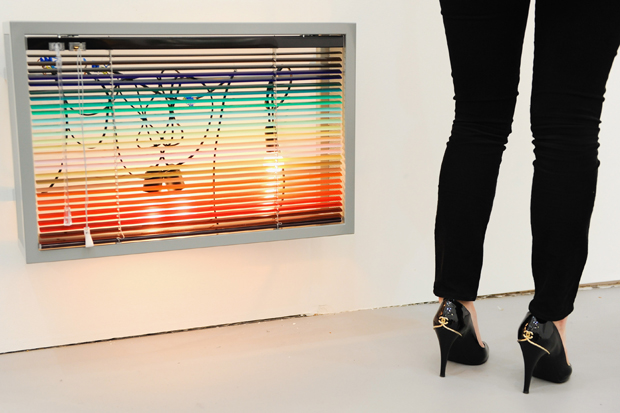


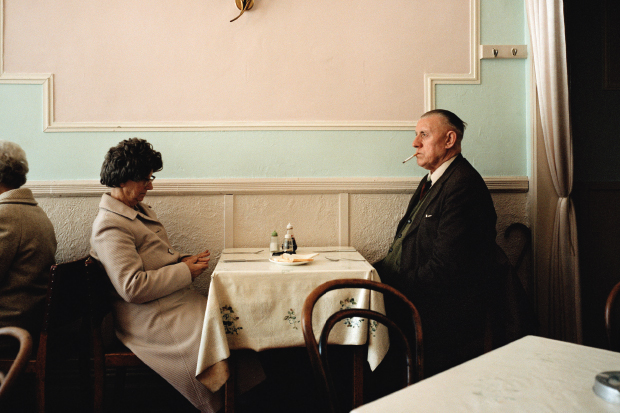
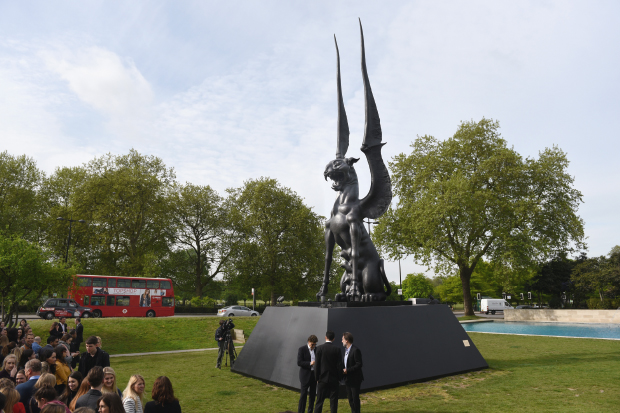
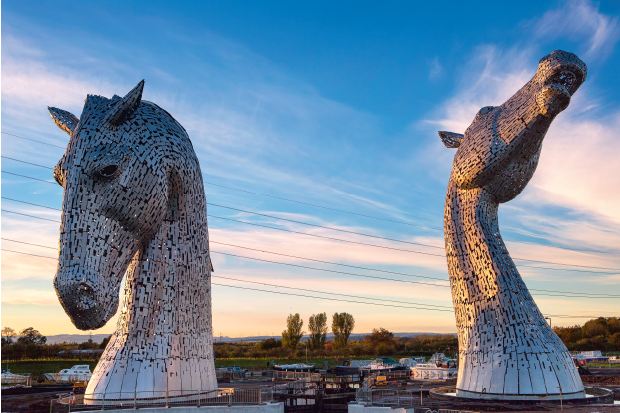
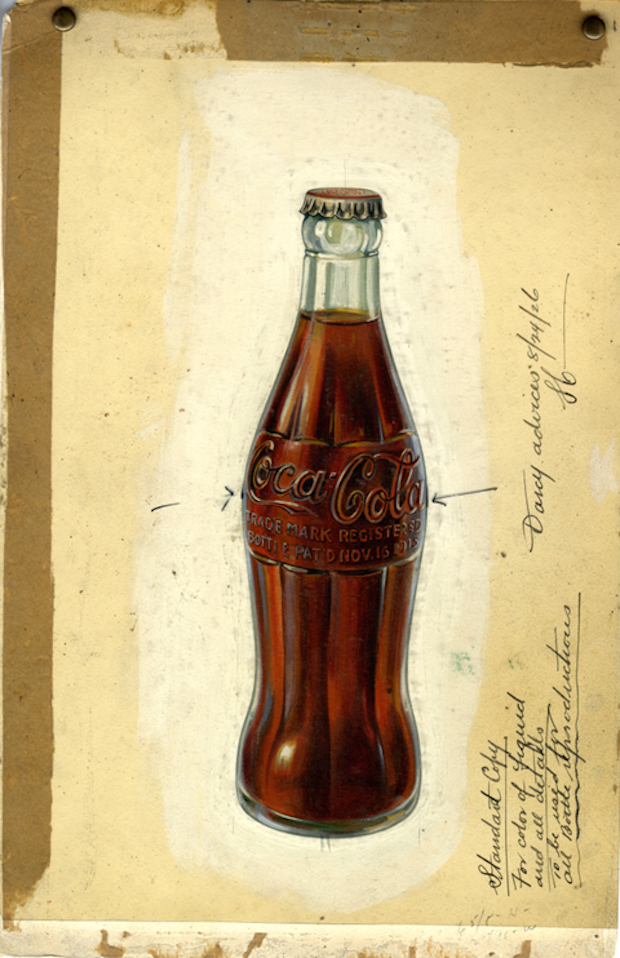






Comments
Don't miss out
Join the conversation with other Spectator Australia readers. Subscribe to leave a comment.
SUBSCRIBEAlready a subscriber? Log in